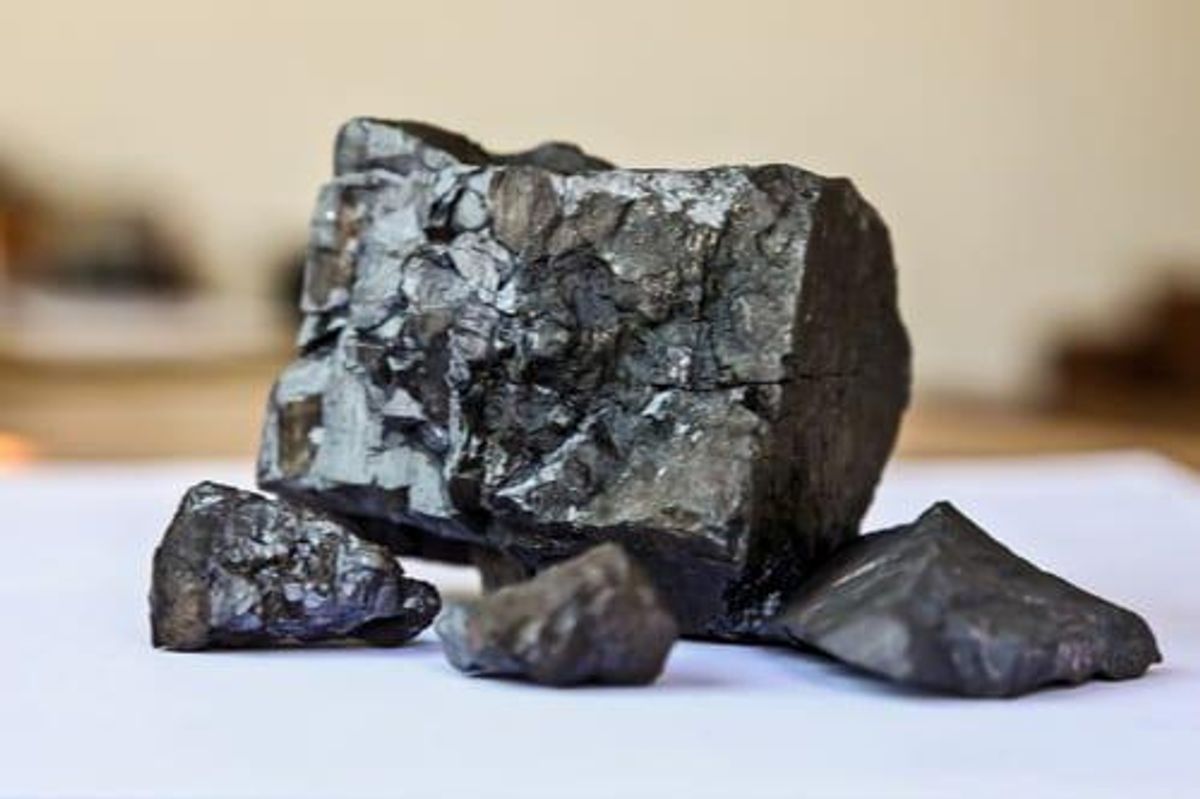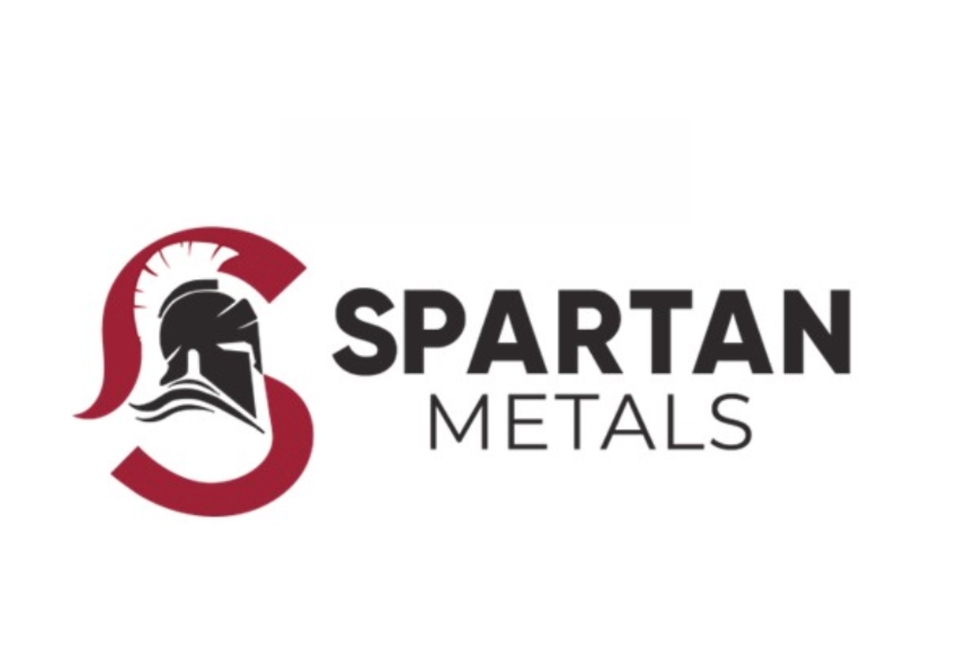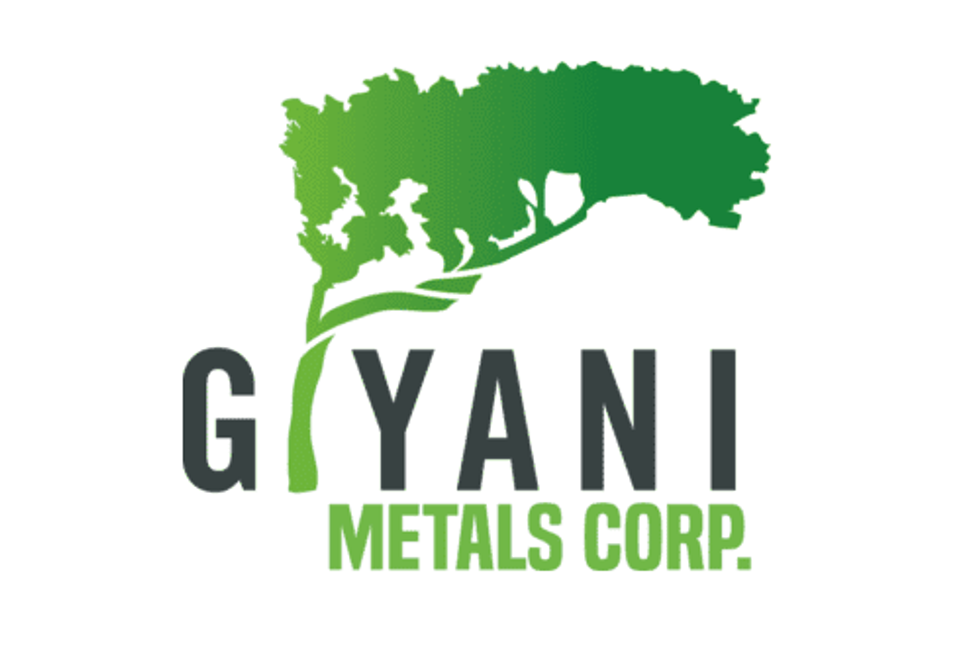Manganese Market Forecast: Top Trends That Will Impact Manganese in 2023
Find out what experts had to say about trends in the manganese market in 2022 and the 2023 manganese forecast.

After a strong demand rebound in 2021, manganese faced a year of volatility as the Russia-Ukraine war hit the sector.
Despite not being widely known, manganese is extensively used in metallurgy. In fact, it is the fourth most common metal by tonnage, just after iron, aluminum and copper. It also has growing applications in the battery sector.
With those factors in mind, what will happen to manganese in 2023? To find out, the Investing News Network (INN) reached out to analysts in the space to get their thoughts on what’s ahead for the battery metal.
How did manganese perform in 2022?
At the end of 2022, many analysts were predicting a recovery in manganese supply and a price correction.
Looking back at how the market performed throughout the 12 month period, Clare Hanna of CRU Group said Russia's invasion of Ukraine has had a significant effect on the manganese market, both directly and indirectly.
“Ukraine has been a very significant supplier of manganese ferroalloys to Europe, Turkey, the Middle East and North Africa,” she said. “Indirectly, the higher power prices, especially in Europe, have affected both demand and supply of manganese alloys, with reductions in both and broader slowing in the macroeconomy.”
In the first half of 2022 there were also problems caused by bad weather and COVID-19 restrictions in Australia.
“(These) occurred at the same time as Eramet (EPA:ERA) was having teething problems with the shift to larger vessels for exporting ore from Gabon to China,” Hanna said. Eramet is the world's second largest producer of manganese alloys. “In combination, these had a dramatic effect on the market for high-grade manganese ore in the first half of 2022.”
All in all, CRU was expecting manganese alloy prices to continue to correct in 2022 after the spike in 2021.
“This did actually happen in the second half of the year. However, outside of China, in the first half of the year, ferroalloy prices rose sharply,” Hanna said. “Buyers were very concerned about risks to continuity of supply immediately after the Russian invasion of Ukraine and bought to cover potential shortfalls.”
Also last year, the resurgence of COVID-19 in China kept steel demand and production relatively subdued, with manganese ore and alloy demand following the same pattern.
“While ferroalloy prices rose to cover the increased costs of ore in the first half of the year, they have fallen back since, and silicomanganese prices finished the year 7.5 percent lower than at the beginning of January,” Hanna said.
What factors will move the manganese market in 2023?
As the new year begins, there are several factors investors should keep in mind when looking at the manganese space.
CRU is expecting steel production to be marginally higher in 2023, “but there is unlikely to be much uplift until Q2,” Hanna said.
In 2023, the regions that are most likely to see stronger growth in demand are India and the US, as new steelmaking capacity is scheduled to come online in both these regions.
“The new US steel output is likely to displace some import volumes,” Hanna said. “As there is limited scope to increase US manganese alloy production, imports will need to grow to support the increased crude steel production.”
About 90 percent of manganese is consumed in ferroalloys, while only around 10 percent is used for specialty products, including electrolytic manganese metal (EMM) and manganese sulfite monohydrate (MSM).
High-purity EMM and MSM can be used in lithium-ion batteries, but even with the increasing popularity of electric vehicles, the battery sector will remain a small percentage of total manganese demand in 2023. It's important to note, however, that while there may be plenty of manganese ore, capacity to produce the sulfate required for batteries is needed. And although manganese costs less compared to other battery cell materials, car manufacturers can't forget about the material altogether.
“Just because it's a comparatively low cost in your total bill of materials, it doesn't mean it isn't crucial to find it and source it securely,” Anna Fleming of Benchmark Mineral Intelligence said during a keynote presentation at this year’s Benchmark Week event. “We've only got two producers outside of China currently.”
As with other battery metals, China plays a key role, dominating the conversion of ore to manganese sulfate.
To move away from their dependence on China, Europe and the US have been taking steps to strengthen their own battery supply chains. Last year, the US introduced the Inflation Reduction Act, part of which requires automakers to have 50 percent of critical minerals used in electric vehicle batteries come from North America or US allies by 2024.
“This … also requires either the ore mining or processing to be done in a free-trade partner country, which excludes the countries including the EU,” Hanna explained to INN. “This is certainly influencing the speed and location of developments in the manganese battery supply chain.”
Despite a few recent announcements, actual commissioning of commercial-scale plants outside of China looks to be several years off, according to the CRU expert. “Although several of the potential new entrants to the market have plans for pilot plants to produce material that can be trialed and approved by automotive supply chain partners,” she said. “Further announcements are likely, but developments of new large-scale capacity outside of China are not yet.”
One of the other aspects to keep in mind is that demand for manganese from the battery sector is expected to evolve in the coming years with the introduction of high-manganese cathodes, such as lithium-manganese-nickel oxide.
“What we're seeing for manganese is that a slight change in the cathode chemistry will really move the needle a lot for demand,” Fleming said. Benchmark Mineral Intelligence forecasts that demand from batteries will increase five-fold in the next decade.
Looking at the overall market for manganese in 2023, supply and demand should be broadly in balance, although there may be pinch points during the year, according to CRU. The ferroalloy cutbacks that started in the last quarter of 2022 in Europe are expected to continue into Q1 2023, and will in some cases be even deeper.
“Depending on developments in the European energy market, we could see this pattern repeated next winter, although producers are likely to have had more time to plan and lay down stocks,” Hanna said. “Fortunately, this time around, steel production was also cut in Q4 and is likely to remain low in Q1.”
Another factor to watch when it comes to manganese is further supply curbs as seen in 2022.
“The invasion of Ukraine has led to major cuts in supply from a key producer and a spike in prices. The high-grade ore price was driven up by problems in Australia and Gabon. All these regions have the potential for further disruption,” Hanna said. Manganese is mostly mined in South Africa, Gabon and Australia, with global production reaching around 20 million tonnes in 2021.
In terms of elements that could impact the overall manganese market in the new year, Hanna suggested keeping an eye on the Chinese economy as optimism is high due to the removal of COVID-19 restrictions.
“The recovery in China could be stronger than expected and even, although it is not our base case, supported by a government stimulus package,” Hanna said. “This could push up demand and prices for manganese ore and ferroalloys. “
However, an alternative scenario would be a more severe COVID-19 wave and the reimposition of some restrictions, which could dampen demand, the expert added.
Don’t forget to follow us @INN_Resource for real-time updates!
Securities Disclosure: I, Priscila Barrera, hold no direct investment interest in any company mentioned in this article.
Editorial Disclosure: The Investing News Network does not guarantee the accuracy or thoroughness of the information reported in the interviews it conducts. The opinions expressed in these interviews do not reflect the opinions of the Investing News Network and do not constitute investment advice. All readers are encouraged to perform their own due diligence.
- Top 10 Manganese-producing Countries ›
- How to Invest in Manganese ›
- A Very Brief Overview of Commodities Investing Today ›



